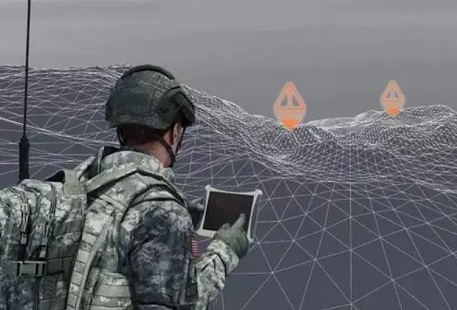GUO Ye-cai;ZHANG Miao-qing
Acta Armamentarii. 2015, 36(7):
1280-1287.
For slow convergence speed, large steady mean square error (MSE), and blind phase of the constant modulus blind equalization algorithm (CMA), a multi-modulus blind equalization algorithm based on shuffled frog leaping algorithm (SFLA-MMA) is proposed, which combines the basic idea of intelligent optimization algorithm and introduces the individual own evolution and social behavior among individuals into the blind equalization technology. In the proposed algorithm, the reciprocal of the cost function of multi-modulus blind equalization algorithm (MMA) is defined as the fitness function of the shuffled frog leaping algorithm (SFLA), the position vector of the frog individual in the frog group is regarded as the initial weight vector of MMA. The optimum location vector of the frog groups is searched using the global information sharing mechanism and local depth search ability of SFLA, and used as the initial optimum weight vector of the MMA. The optimal weight vector of MMA is obtained by updating the weight vector of MMA . The proposed SFLA-MMA is simulated with the higher-order multi-modulus QAM and APSK signals. The simulation results show that, compared with CMA, MMA, and the multi-modulus blind equalization algorithm based on particle swarm optimization algorithm (PSO-MMA), the proposed SFLA-MMA has the fastest convergence speed, the smallest MSE, and the clearest constellations of output signals.




